Twelve months have raced by, with 50 new vehicles making the trek into Maine. Some were repeat visits, some were impressive newcomers with much to share, and all have virtues and features that bring buyers into showrooms.
Automakers create their products to target sales, profits, and sustainability – no matter what critics say, or, consumers think.
What follows is our annual selection of the 10 vehicles that were the most entertaining, versatile, and composed driving machines; and those vehicles that were deemed worthy of space in my garage if circumstances presented themselves for such reward. See if any of these Ten Faves are on your shopping list.
Back in January, the Kia Niro Hybrid debuted in New England to strong accolades. The elevated seating position and superb fuel economy demonstrated that this modern hybrid crossover was much different than other manufacturers’ previous hybrids.
The handling is solid, ride comport is commendable, and the torque output from the 1.6-liter engine and electric motor team is impressive.
“Auto geeks have nothing to fear about this technology’s eventual necessity,” was the comment cementing the relevance of the Niro. The Niro displaced hybrid sedan offerings from Toyota and Honda to earn a spot here.
Luxury-car builders have pursued every niche possible in shaping new cars, but one design – five-door hatchback sedans – continues to stand out. BMW’s 640i Gran Turismo nipped the Audi A5 while re-establishing the driving panache that has been slipping from BMW’s recent offerings.
The pricing can be stiff – $70,695 to start – but the Gran Coupe provides rich rewards not found in other luxury cars that are turning the driving population into a cult of steering wheel pilots rather than engaged drivers.
For those who consider themselves the latter, the BMW 640i warrants consideration.
And that is the essence of the VW GTI. A pure driving machine for more than four decades, the current GTI is the well-rounded king of the small car segment. Civic Si is roomier, Elantra GT is less pricey, and the Focus RS is much faster, but none of these compact pocket rockets offers the sharp handling, well-crafted interior and overall driving experience of the GTI.
The family sedan has been under attack for two decades. Honda, however, has determined that the Accord will continue to be the cornerstone of its lineup, and it clearly separates itself from several rivals.
New turbo engines with more efficiency and power, refreshed instrument panel, more interior space, and better overall fuel economy checks several of the boxes essential to family four-door buyers. Add crisper handling with a slightly longer wheelbase, and the Accord barely edges the latest Camry.
In effect, this is almost a draw, with styling and pricing the deciding points for many buyers. The Camry’s sales are still atop the class; the Accord remains a tick better as a driving experience.
At No. 6 is the first of several crossovers, the new VW Atlas. Built in America and designed for America, the Atlas is a three-row full-size crossover with front or AWD and the packaging efficiency normally found in a minivan.
Styling is intentionally reminiscent of the Ford Explorer, yet the road manners are like those of few other large crossovers. Nimble-ness and ease of driving are closer to the afore-mentioned GTI’s than to some stalwarts of this class. With a two-row version coming soon, VW has the Atlas positioned to make more noise in this class.
The next crossover is a perennial favorite, along with its sibling the Jeep Grand Cherokee. This year, the Dodge Durango visited twice: A GT model was followed by the all-new SRT 392.
You can’t get anything like the SRT 392 from any other mainstream three-row crossover manufacturer: 475 hp, high-performance chassis, heavy-duty eight-speed automatic, AWD, race-car soundtrack, and a wealth of features to improve comfort while exploiting this truck’s enhanced capabilities. Santa might have used an SRT Durango Monday night.
At the other end of the spectrum, Audi sent two crossovers that reflect the technological advances evident in today’s premium cars, but without giving up the functionality key to these platforms. The three-row Audi Q7 and compact-class Q5 have to be considered the benchmark offerings in their respective classes.
Known for its quality and refined interiors, the Audi twins were also smooth driving machines using turbo four-cylinder power to create strong energy and efficient economy. Class-leading graphics and displays in the virtual instrument panel were universally embraced; the shift lever control was not, yet Audi’s growth in the premium class is evident in these products.
BMW’s potent X3 M40i was a very close second to the Q5. Drivers looking for more cutting-edge performance, like that of the Durango SRT, will seek the X3.
The most impressive full-size crossover/SUV was far and away the new Lincoln Navigator. Ford took its long-neglected full-size SUVs out to the woodshed, and came back with disciplined, well-crafted luxury wagons that will redefine this segment.
Sales have been slow to react to the impressive changes – big power from the turbo V-6 engines, big tow numbers, outstanding ride and drive dynamics. The opulent cabins mean that Lincoln is no longer playing catch-up to Cadillac, Mercedes, and Volvo, in technology or comfort.
Three times in four years, we have thoroughly enjoyed the eyeball-popping performance of the Dodge Challenger Hellcat. This year, perhaps the fastest of the trio of cars sampled reinforced the notion that the aging Challenger platform has more life to give, more thrills to share, and more sales to gain.
The Hellcat is a mind-bending fun machine, a pony car for the 21st century, a personal-expression toy that never fails to put a smile on your face. Don’t we all need that once in a while?
Happy New Year to all.
Send questions/comments to the editors.

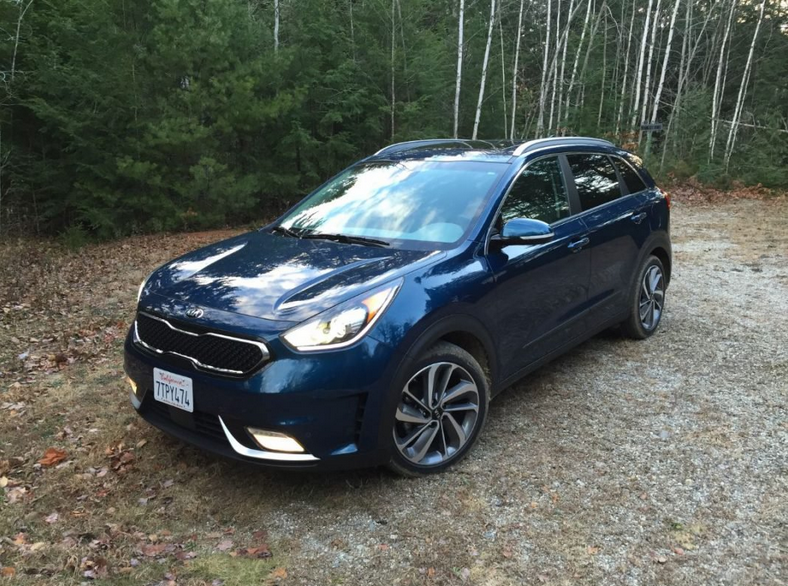



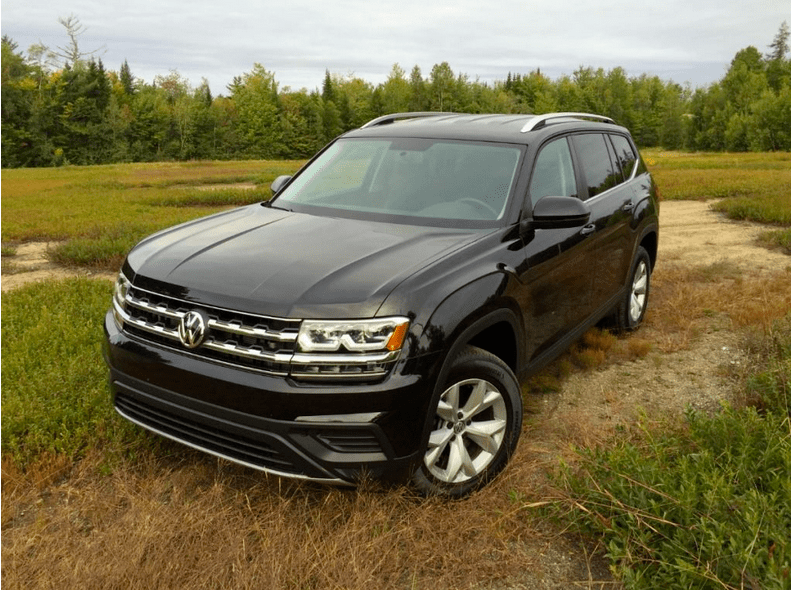
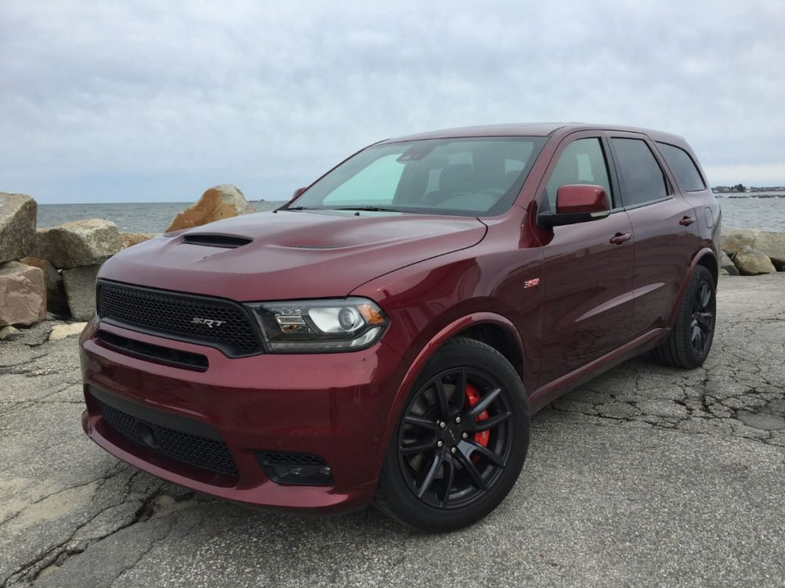
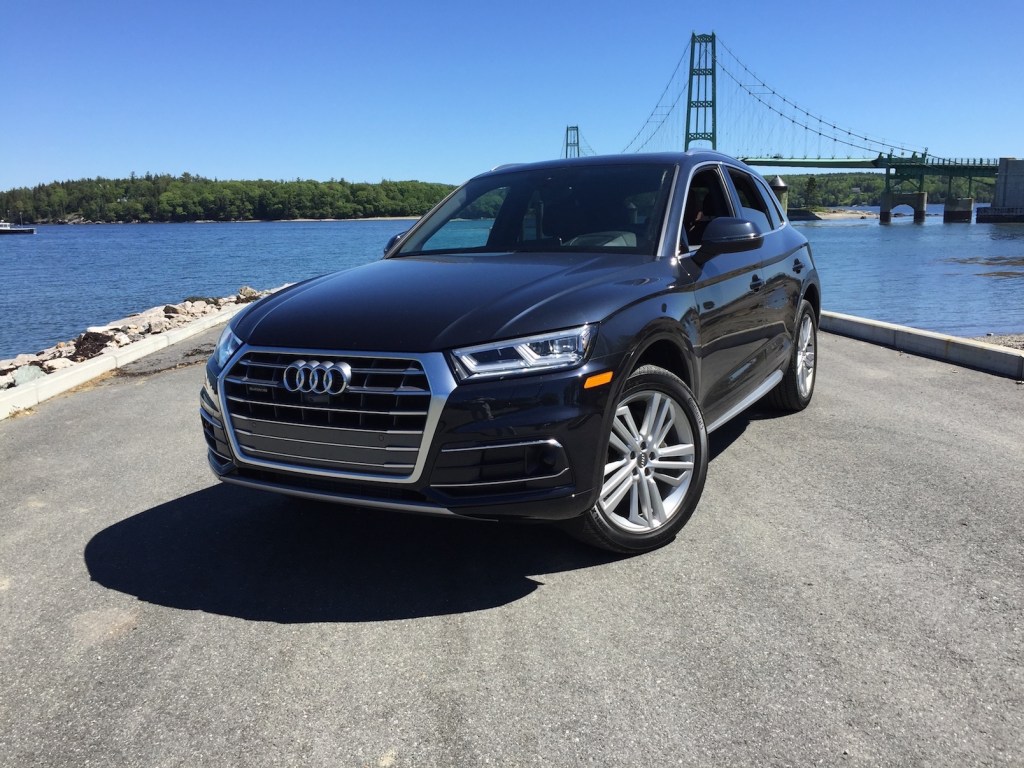
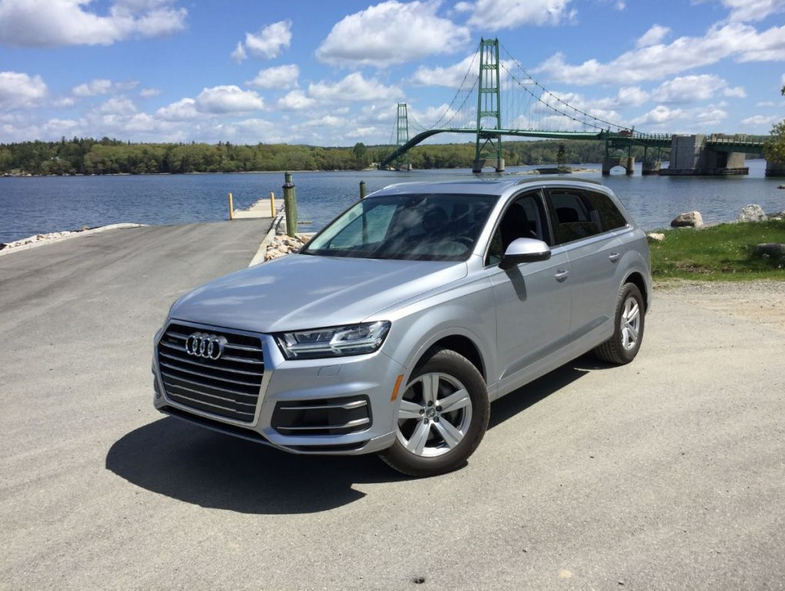
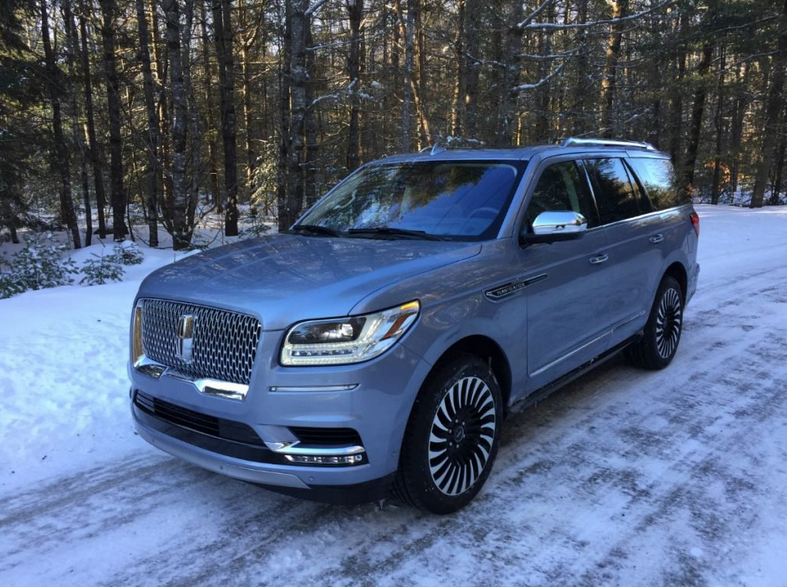
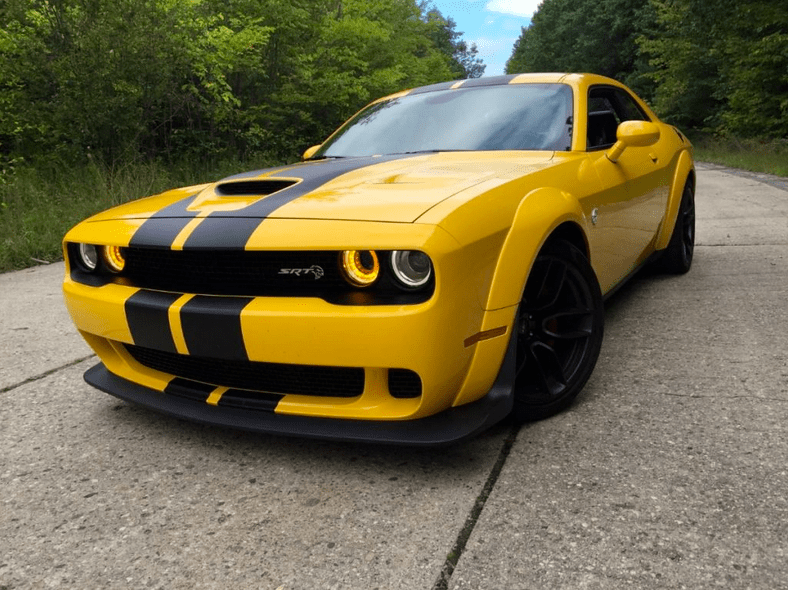


Comments are no longer available on this story